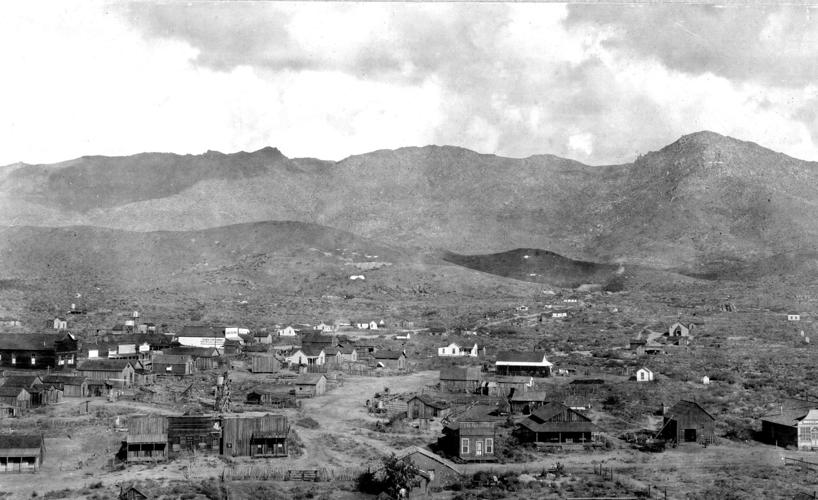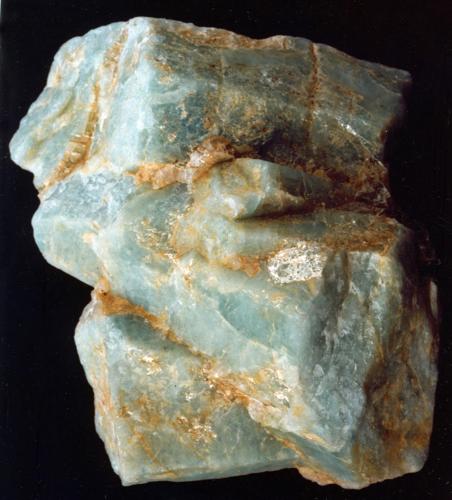Beryllium is considered a strategic and critical metal important to the national security of the United States, with 78 metric tons of hot-pressed beryllium metal powder held in the National Defense Stockpile. The country is credited with producing 90 percent of the world’s beryllium supply.
The United States, along with Kazakhstan and China, are the only known countries to process beryllium ores and concentrates into beryllium products.
The name beryllium is derived from “beryllo,” the greek name for beryl, a mineral composed of beryllium and aluminum. Because beryllium appeared similar to aluminum with a visible steel grayish-white surface, it wasn’t identified until 1798. French chemist Louis-Nicolas Vauquelin isolated the chemical composition between beryl and the emerald gemstone, a variety of beryl with a bright-green color resulting from chromium and vanadium.
Originally named glucinium or “sweet tasting” because the metal had a sweet taste, beryllium became sought after beginning in the 1930s and ’40s to satisfy the demand of the aerospace and defense industries, and later the nuclear industry.
Beryllium metal is extracted from beryl and bertrandite. While beryl is found in granite and pegmatite dikes, bertrandite is found in large low-grade deposits. Classified as an extremely coarse-grained rock, pegmatites are renowned for the material they contain, including rare-earth elements, gems, bismuth, lithium and beryl. Estimates vary that from 5 percent to 20 percent of pegmatites contain beryl. Phenacite and chrysoberyl ores also contain beryllium. Prominent outcrops of quartz are signs of pegmatite dikes. Lithium-bearing pegmatite deposits most likely contain beryl.
Beryllium does not occur as a native element. Its crystals are anhedral, meaning they lack defined plane faces. Qualities of beryllium include a low specific gravity of 1.84, a hardness of 6 on the Mohs’ scale, and the highest melting point among light metals of 2,349 degrees Fahrenheit. Nonmagnetic, beryllium can store and transfer heat efficiently. It also provided hardness, and corrosion and fatigue resistance when alloyed with other metals: aluminum, cobalt, copper, iron and nickel.
Beryllium metal is used most in alloys because of its lightweight, stiff and tough qualities. It is stronger than steel. Mechanical components of many aerospace vehicles are manufactured using beryllium alloys. Beryllium-copper alloys constitute three-quarters of all beryllium produced.
Beralcast, an alloy of beryllium and aluminum, is three times as stiff and 25 percent lighter than pure aluminum. It is the preferred metal alloy used in helicopters and satellite-guidance systems. Another use for beryllium is in windows of X-ray machines, because of the metal’s ability to transfer X-rays without absorbing them. Telescope mirrors are another lightweight precision instrument requiring beryllium metal, with successful uses in the Spitzer Space Telescope and the James Webb Space Telescope scheduled for operation in 2018.
Beryllium is a toxic metal, especially in powder form. Exposure to dusts and fumes of beryllium is known to cause health problems including lung cancer. Proper ventilation and breathing apparatus are a necessity for workers employed in beryllium industries.
Sought after by prospectors and small-mine operators, much of Arizona’s beryl is mined from pegmatites that are drilled, blasted and sorted by hand to separate the beryl from other minerals and gangue rock. Beryl pegmatites are commonly found in the mountain ranges northwest of Kingman, including the Aquarius, Cerbat, Haulapai, and Virgin Mountains.
Prominent mines include the Hummingbird Mine and the Rare Metals Mine, with small quantities of beryllium ore produced. The Midnight Owl Mine in the White Picacho Mining District in Yavapai County is known as one of the most productive pegmatite deposits in Arizona. Recorded production from 1941 to 1963 was 154,255 pounds of beryl.
Mine sites in Southern Arizona associated with beryllium include the Abril Mine in the Dragoon Mountains and the Beryl Hill and Live Oak Prospect in the Dos Cabezas Mountains.
Materion Corp. is the only producer of beryllium ore in the United States. The Spor Mountain area in Utah is currently the largest supplier of beryllium in the United States, with a proven 14,000 tons of beryllium reserves mined by open pit. Operating since 1969, the Delta Utah Mill processes the beryllium hydroxide prior to shipment to Elmore, Ohio, where it undergoes further processing by Materion prior to market.
In 2016, the average annual unit value of contained beryllium in beryllium-copper master alloy was $231 per pound.





